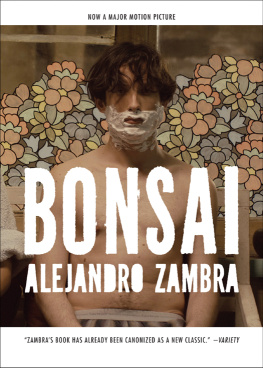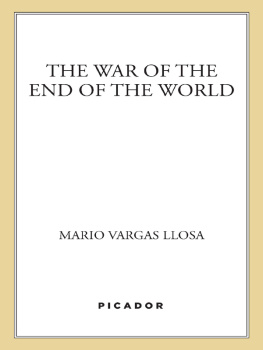Mario Llosa - The Real Life of Alejandro Mayta
Here you can read online Mario Llosa - The Real Life of Alejandro Mayta full text of the book (entire story) in english for free. Download pdf and epub, get meaning, cover and reviews about this ebook. year: 1998, publisher: Farrar, Straus and Giroux, genre: Prose. Description of the work, (preface) as well as reviews are available. Best literature library LitArk.com created for fans of good reading and offers a wide selection of genres:
Romance novel
Science fiction
Adventure
Detective
Science
History
Home and family
Prose
Art
Politics
Computer
Non-fiction
Religion
Business
Children
Humor
Choose a favorite category and find really read worthwhile books. Enjoy immersion in the world of imagination, feel the emotions of the characters or learn something new for yourself, make an fascinating discovery.
- Book:The Real Life of Alejandro Mayta
- Author:
- Publisher:Farrar, Straus and Giroux
- Genre:
- Year:1998
- Rating:3 / 5
- Favourites:Add to favourites
- Your mark:
- 60
- 1
- 2
- 3
- 4
- 5
The Real Life of Alejandro Mayta: summary, description and annotation
We offer to read an annotation, description, summary or preface (depends on what the author of the book "The Real Life of Alejandro Mayta" wrote himself). If you haven't found the necessary information about the book — write in the comments, we will try to find it.
The Real Life of Alejandro Mayta — read online for free the complete book (whole text) full work
Below is the text of the book, divided by pages. System saving the place of the last page read, allows you to conveniently read the book "The Real Life of Alejandro Mayta" online for free, without having to search again every time where you left off. Put a bookmark, and you can go to the page where you finished reading at any time.
Font size:
Interval:
Bookmark:
Mario Vargas Llosa
The Real Life of Alejandro Mayta
One

A morning jog along the Malecn de Barranco, when the dew still hangs heavy in the air and makes the sidewalks slippery and shiny, is just the way to start off the day. Even in summer, the sky is gray, because the sun never shines on this neighborhood before ten. The fog blurs the edges of things the profiles of sea gulls, the pelican that flies over the broken line of cliffs that run along the sea. The water looks like lead, dark green, smoking, rough, with patches of foam. The waves form parallel rows as they roll in, and sometimes a fishing boat bounces over them. Sometimes a gust of wind parts the clouds, and out in the distance La Punta and the ocher islands of San Lorenzo and El Frontn materialize. Its beautiful, as long as you concentrate on the landscape and the birds, because everything man-made there is ugly.
The houses are ugly, imitations of imitations. Fear, in the shape of gates, walls, sirens, and spotlights, suffocates them. Television antennas form a ghostly forest. Ugly, too, is the garbage that piles up on the outer edge of the Malecn and spills down its face. Why is it that this part of the city which has the best view is a garbage dump? Laziness. Why dont the property owners tell their servants to stop dumping garbage right under their noses? Because they know that if theirs didnt, the neighbors servants or the workers from the Parque de Barranco would. Even the regular garbagemen do: I see them while Im running, throwing garbage down there they should be carrying to the dump. Thats why people have resigned themselves to the vultures, roaches, mice, and the stinking garbage dump whose birth and growth Ive witnessed on my morning runs: a daily vision of stray dogs scratching in the dump under clouds of flies. Over the past few years, Ive also gotten used to seeing stray kids, stray men, and stray women along with the stray dogs, all painstakingly digging through the trash looking for something to eat, something to sell, something to wear. The spectacle of misery was once limited exclusively to the slums, then it spread downtown, and now it is the common property of the whole city, even the exclusive residential neighborhoods Miraflores, Barranco, San Isidro. If you live in Lima, you can get used to misery and grime, you can go crazy, or you can blow your brains out.
But Im sure Mayta never got used to any of it. At the Salesian School, wed be about to take the bus to Magdalena, where we both lived, when hed suddenly run to give don Medaro, a ragged blind man with an out-of-tune violin who was always standing at the door of the Mara Auxiliadora Church, the bread-and-cheese snack the priests gave us at our last recess. And on Monday he would give don Medaro a real, which he must have saved from his own allowance. Once, during one of our Communion classes, he made Father Luis jump by asking him point-blank, Why are there rich and poor people, Father? Arent we all Gods children? He was always talking about the poor, the blind, the lame, the orphaned, the mad people wandering the streets. The last time I saw him, years after we had left the Salesian School, he brought up his old theme while we were having coffee in the Plaza San Martn: Have you seen how many beggars there are in Lima? Thousands upon thousands. Even before his famous hunger strike, lots of us in the class thought he would become a priest. In those days, to care about the poor was something we thought only a future priest would do, not something a revolutionary would do. Back then, we knew a lot about religion, very little about politics, and absolutely nothing about revolution. Mayta was a curly-haired, pudgy kid with flat feet and wide spaces between his teeth. He waddled: his feet looked like clock hands permanently set at ten minutes to two. He always wore short pants, a sweater with green stripes, and a scarf to keep warm. He would even keep that scarf on during class. We would tease him a lot for worrying about the poor, for serving at Mass, for praying and crossing himself so devoutly, for being so bad at soccer, and, most of all, for being named Mayta. All hed say was, Go pick your noses.
Even though his family was of modest means, he wasnt the poorest student in the school. The Salesian students could pass for public-school kids because our school wasnt just for the lily-whites, as Santa Mara or La Inmaculada were, but for poorer kids from the lower middle class the children of bureaucrats, petty officials, soldiers, unsuccessful professional men, artisans, and even the children of skilled laborers. Pure whites were a minority at our school: there were lots of mulattoes, black-and-Indian combinations, Chinese, Japs, almost whites, and tons of Indians. But even though many of us had copper-colored skin, high cheekbones, flat noses, and coarse hair, the only one I can remember with an Indian name was Mayta. Otherwise, he was no more Indian than the rest of us. His pale skin was greenish, his hair curly, and his features typically Peruvian a mestizo.
He lived around the corner from La Magdalena Church, in a narrow house with its paint peeling off and no back yard. I got to know the place very well because over the course of a month I went there every afternoon. We read The Count of Monte Cristo aloud to each other. I got the book for my birthday, and we both loved it. Maytas mother worked as a nurse in the maternity ward and gave people shots at home. We would see her from the bus when she opened the door for Mayta. She was a robust woman with gray hair, and she would always give her son a quick kiss as if he were late. We never saw his father, and I was sure he didnt exist. Mayta swore he was always on the road doing some job or other: he was an engineer (the most respected profession at the time).
Ive finished running. Twenty minutes out and back between Parque Salazar and my house seems appropriate. Besides, as I ran I managed to forget I was running, and I dredged up memories of the classes at the Salesian School, Maytas superserious face, his waddle, and his high-pitched voice. There he is, I see him, I hear him, and I will go on seeing and hearing him as I catch my breath, leaf through the paper, eat breakfast, shower, and begin work.
His mother died when we were in our third year and Mayta went to live with an aunt who was also his godmother. He always spoke tenderly of her and told us how she gave him Christmas presents, birthday presents, and took him to the movies. She really must have been a good person, because Mayta kept up his relationship with doa Josefa after he was out on his own. Despite his irregular life, he went on visiting her over the years, and it was in her house that he had that encounter with Vallejos. I wonder how doa Josefa Arrisueo is doing now, twenty-five years after that party. Ive been wondering ever since I called her, overcame her misgivings, and persuaded her to let me visit her. Im still wondering as I get off the bus that leaves me on the corner of Paseo de la Repblica and Avenida Angamos, where the Surquillo district begins. Its a neighborhood I know well. When I was a kid, Id come here with my friends on party nights to drink beer in El Triunfo, or Id bring shoes to be fixed or clothes to be altered, or Id come to see cowboy films in the neighborhoods uncomfortable, smelly theaters the Primavera, the Leoncio Prado, and the Maximil. Its one of the few neighborhoods in Lima that has barely changed at all. Its still full of shoemakers, tailors, alleys, printing shops with compositors setting type by hand, city garages, cavernous stores, cheap bars, storage depots, dumpy shops, gangs of punks on the corners, and kids playing soccer right in the street, with cars, trucks, and ice-cream carts going by. The crowds on the sidewalks, the badly painted one- or two-story houses, the oily puddles, the hungry dogs: they all seem the same as they did then.
Font size:
Interval:
Bookmark:
Similar books «The Real Life of Alejandro Mayta»
Look at similar books to The Real Life of Alejandro Mayta. We have selected literature similar in name and meaning in the hope of providing readers with more options to find new, interesting, not yet read works.
Discussion, reviews of the book The Real Life of Alejandro Mayta and just readers' own opinions. Leave your comments, write what you think about the work, its meaning or the main characters. Specify what exactly you liked and what you didn't like, and why you think so.

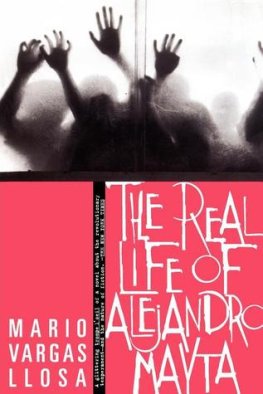


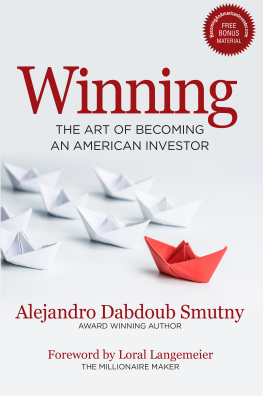
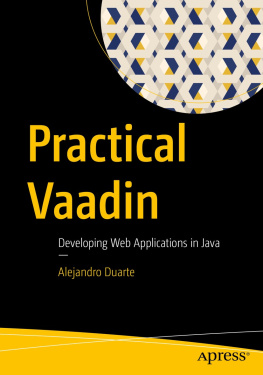

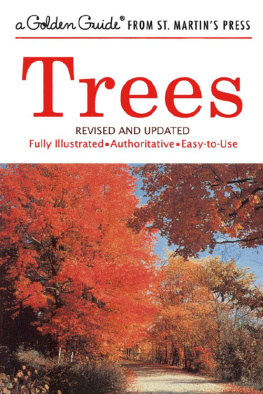
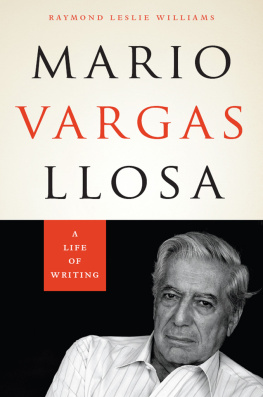

![Mario Vargas Llosa [Mario Vargas Llosa] - Captain Pantoja and the Special Service](/uploads/posts/book/142220/thumbs/mario-vargas-llosa-mario-vargas-llosa-captain.jpg)
